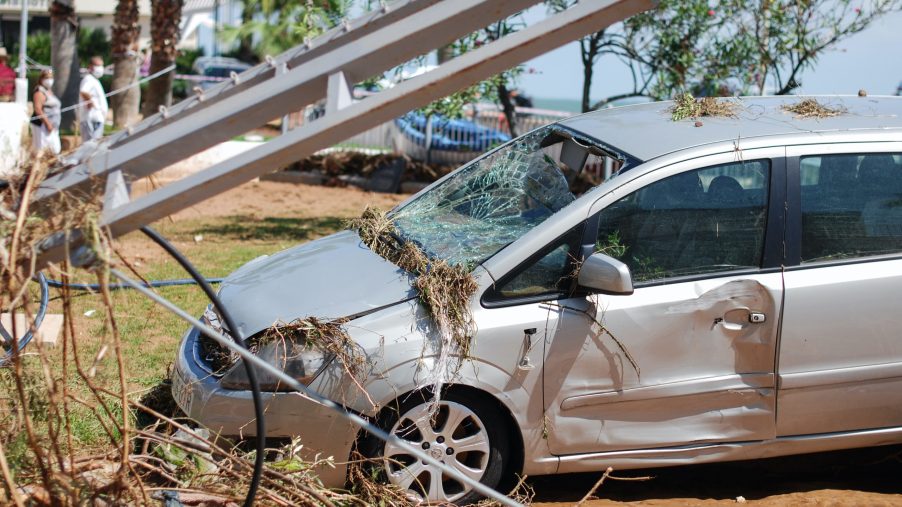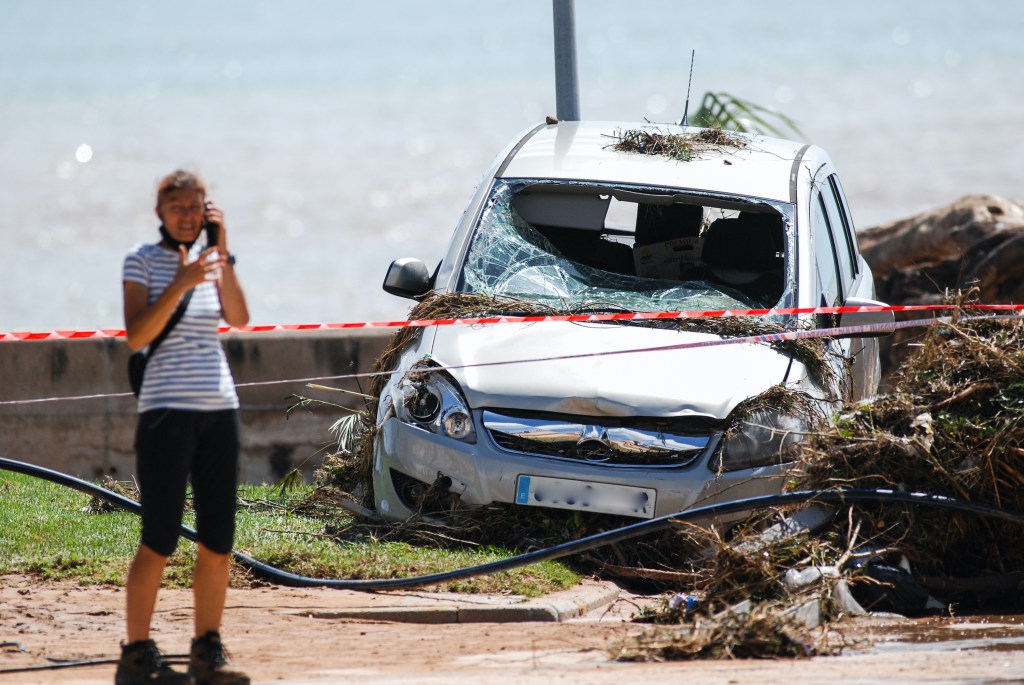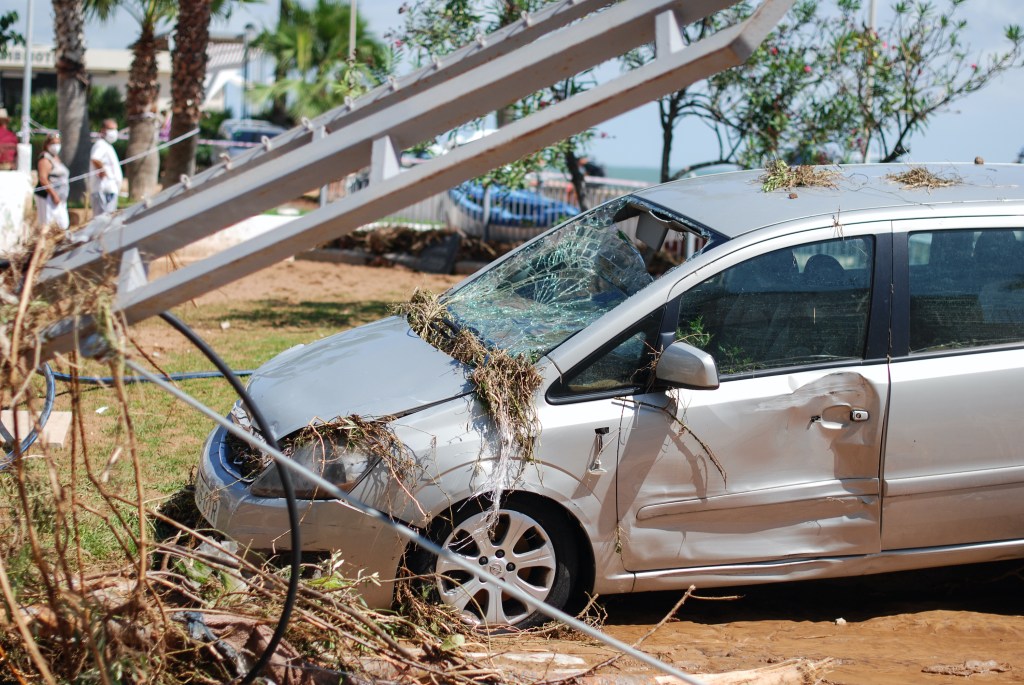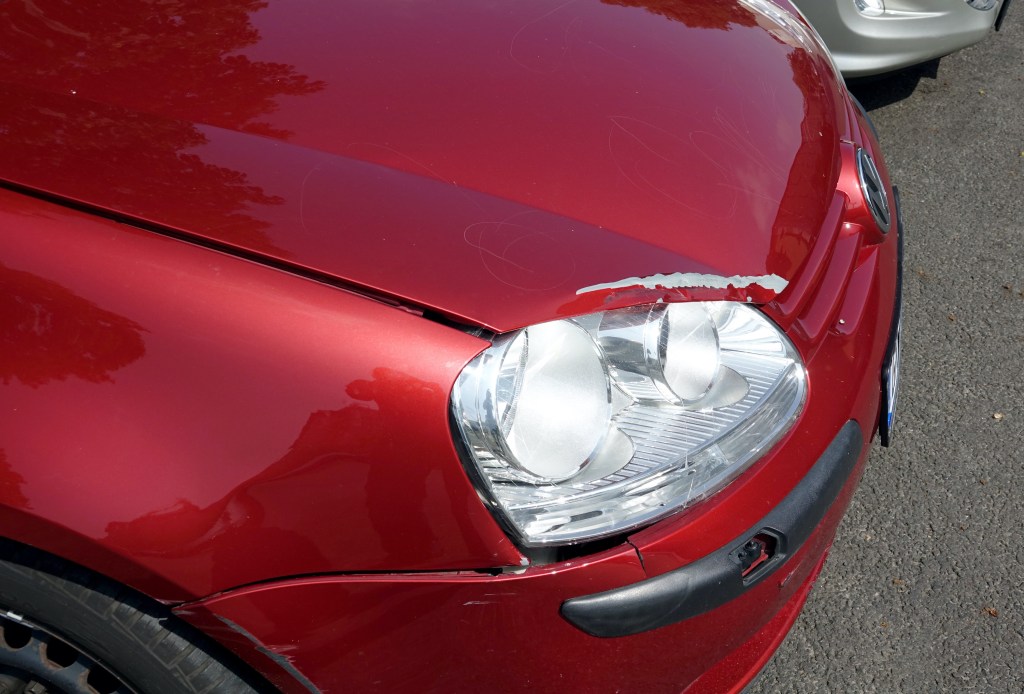
Have an Older Car? Your Insurance Company May Not Cover its Full Value
When it comes to car insurance, the main concern of every driver is how much the insurance company will payout in the event of an accident or total loss. This is especially true for those with older cars as their values are far less than that of newer ones. In that case, if a driver of an older car were to get in an accident and file an insurance claim, it’s possible that the insurance company may not cover its full value.
The current inflated used car values can affect your insurance rates and coverage

As you may have heard, the prices for used cars have skyrocketed in the past couple of years due to the global chip shortage and resulting inventory shortage. Older cars that are really only worth a couple of thousand dollars are currently selling for three times the amount. For example, Money.com reports that a Toyota Camry Solara with 120,000 miles on the odometer can have a Kelley Blue Book value of $2,000, but some dealers are selling them for $6,000 to $8,000 in the current market.
If you currently own a car that’s 10 years old or older, you might think that the inflated car values may raise your car insurance premium, but fortunately, they don’t. Instead, the elevated used car market impacts your older car’s insurance policy in a negative way when you get into an accident because those high price tags are not being used when the insurance company cuts you a check.
Case in point; ABC 7 in Denver recently reported on the owner of a 20-year-old Ford Crown Victoria, Herm Harrison, who got into a fender bender. Another car hit his car’s rear quarter panel, so he brought it to a shop for repairs. After it was all said and done, the bill came out to around $3,000, but his insurance company wasn’t having it. Instead of paying for the damage, Harrison’s insurance company stated that the repair cost was more than half of the car’s value, so they were going to total it out and offered him $1,800 for it.
Harrison said that he has seen cars just like his selling for $6,000 to $10,000 on sites like AutoTrader and eBay, however, the insurance companies don’t go by those numbers.
Insurance companies will look at the car’s “actual cash value”

The reason that Harrison’s car was “totaled out” by his insurance company instead of being paid for was due to the “actual cash value” of the car. Hagerty defines the “actual cash value” as the car’s value on the day of the accident prior to the damage that it incurred, not what you originally paid for the car.
The “stated value of your car can ensure a larger payout

If you own a car that’s 10-year-old or older, you can consort with your insurance company on the “stated value” of your car. This value refers to the amount that is stated when you take on the insurance policy. Haggerty says that the only caveat to this value is that the insurance company can still choose to pay for either the “stated value” of the car or the “actual cash value,” whichever one is less.
Either way, if you want to ensure that your older car is fully insured, be sure to speak with your insurance company about its value and the type of coverage you need. If not, you might not get paid the fair amount should the worst-case scenario happen.



